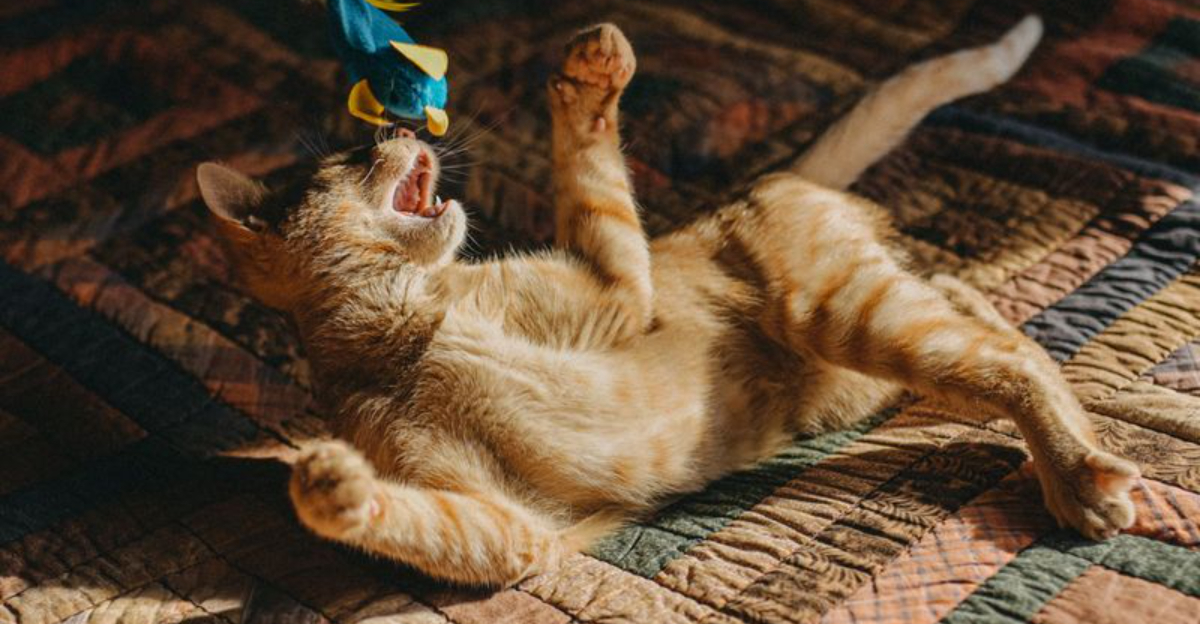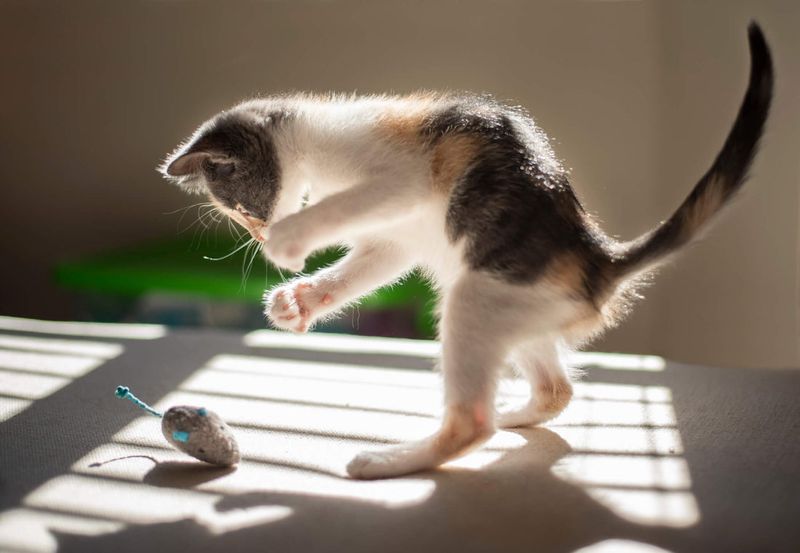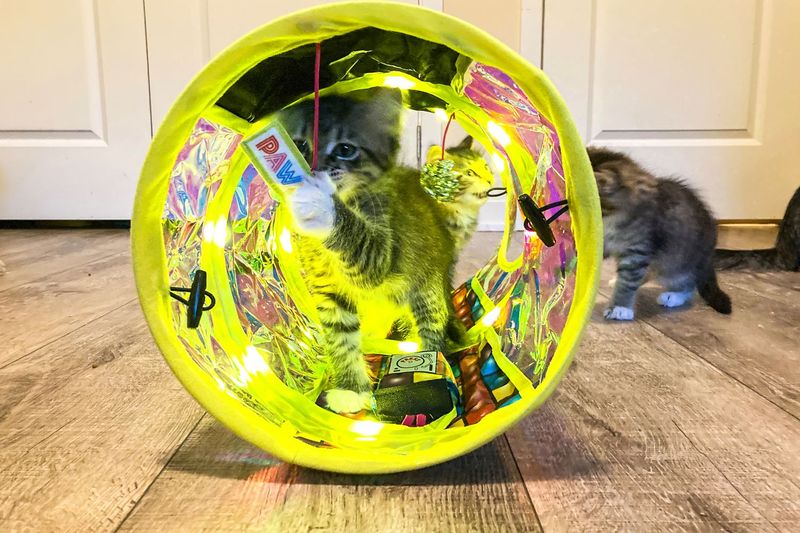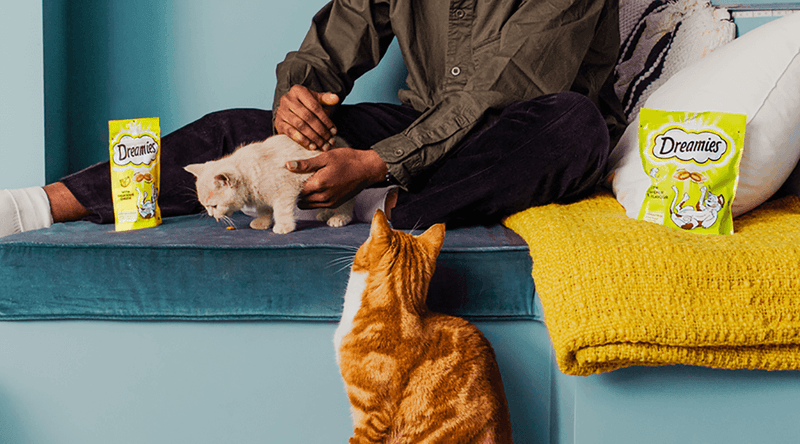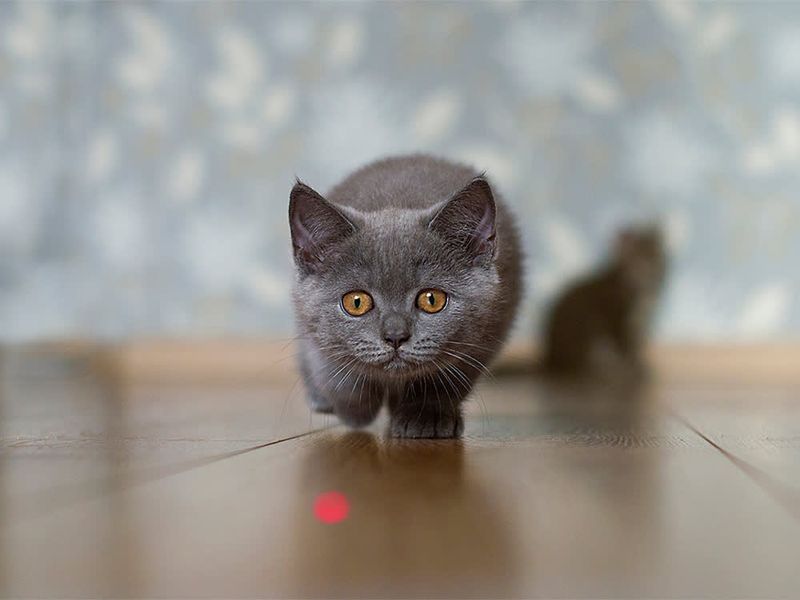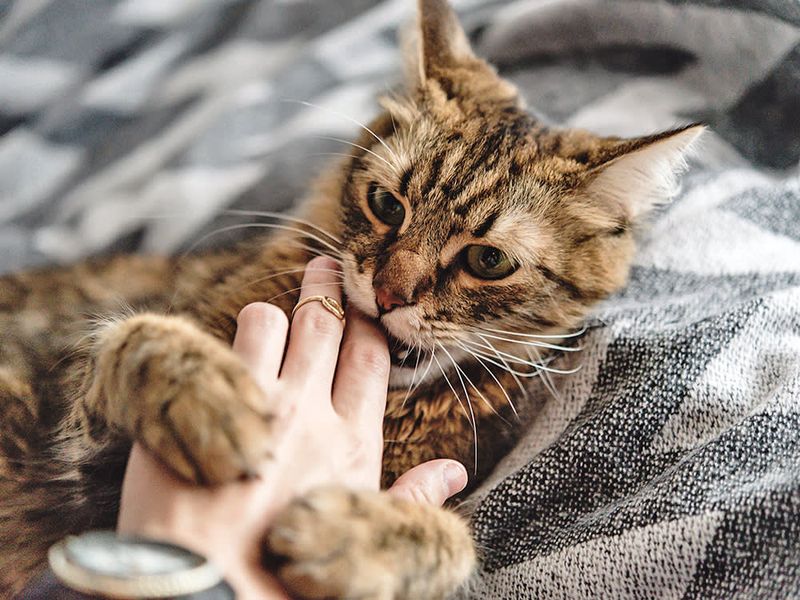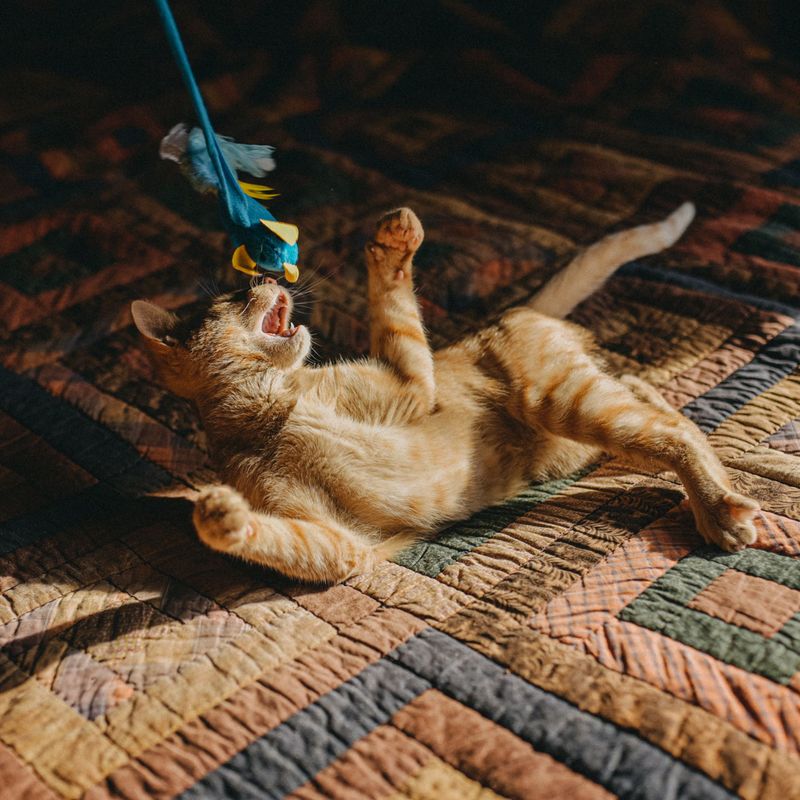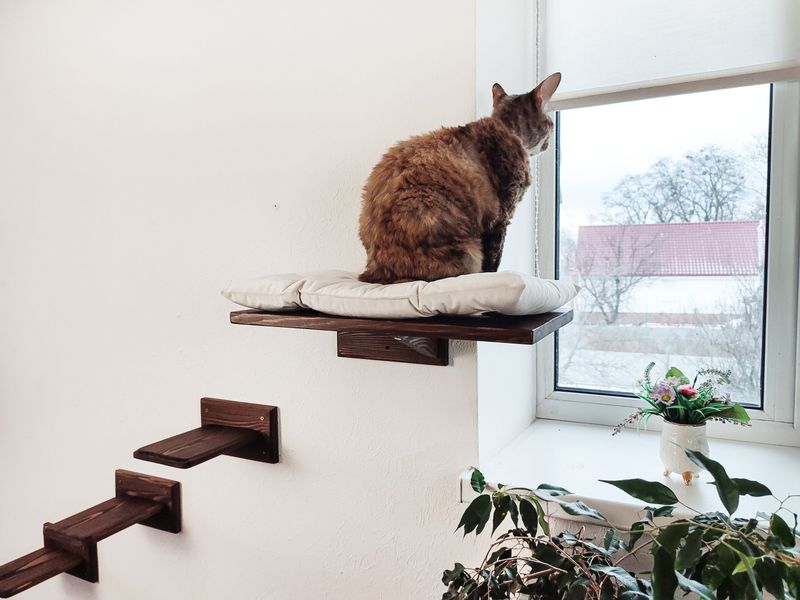📖 Table of Content:
Playtime isn’t just a luxury for cats—it’s a necessity. For indoor cats especially, structured and enriching play is essential for maintaining their physical health, emotional balance, and instinctual satisfaction. Yet, despite their best intentions, many cat owners make common mistakes during play that can lead to behavioral problems, obesity, or even aggression.
These missteps don’t make someone a “bad” pet parent—they simply highlight a lack of understanding of feline psychology. Cats are complex creatures with unique preferences, and when those are ignored, play can become less enjoyable or even counterproductive. Learning what not to do is just as important as knowing the right toys to buy or the best times of day to engage your pet.
In this guide, we’ll explore eight playtime mistakes that many American cat owners make, often without even realizing it. More importantly, we’ll show you how to correct these habits with easy-to-implement changes that can lead to a happier and more fulfilled feline companion. Let’s take a look at what you should avoid—and what to do instead.
1. Using Hands or Feet as Toys
Far too often, new cat owners let kittens nibble and bat at their fingers and toes, thinking it’s harmless fun. What begins as a playful interaction with a tiny kitten can turn into an aggressive habit in adulthood. This kind of rough play conditions your cat to associate human limbs with prey, which can lead to biting and scratching down the line. Instead of allowing this behavior to continue, it’s crucial to redirect your cat’s attention to appropriate toys. Plush mice, interactive wands, and teaser sticks provide safe outlets for their hunting instincts. Not only do toys protect your skin, but they also create healthier play boundaries between you and your pet. Over time, your cat will learn that hands mean affection—not attack.
2. Not Rotating Toys
Despite having a pile of toys, your cat may appear uninterested—this isn’t because they’re lazy, but because they’re bored. Variety stimulates a cat’s brain, much like it does for humans, and a toy that’s always lying around becomes just another piece of furniture. By keeping all toys out all the time, you rob your cat of the novelty and excitement that comes with discovering “new” things. Try storing most of their toys in a box or drawer and introducing one or two different items every few days. This small change makes old toys feel fresh and exciting again. Incorporating a rotation system mimics the unpredictability of prey in the wild, keeping your cat mentally sharp. Ultimately, toy rotation is a simple yet powerful way to reignite your pet’s interest in play.
3. Stopping Play Abruptly
It may seem convenient to toss a toy aside and walk away when you’re done playing, but that abrupt stop can confuse or frustrate your cat. Like winding down after a workout, cats need a cooldown phase to transition out of high-intensity play. When a play session ends too quickly, your cat’s adrenaline remains elevated, which can lead to agitation or redirected aggression. Allowing your cat to “catch” the toy before ending the session helps them feel successful and satisfied. As the session winds down, slow the toy’s movements and let your cat pounce or grab it. This mimics the final stages of a hunt, bringing closure to the interaction. Thoughtful endings make future play more effective and reduce anxiety in your feline friend.
4. Skipping Daily Play Sessions
Many cat owners mistakenly believe their pets are too independent to need regular play, but this couldn’t be further from the truth. Routine engagement is essential to your cat’s physical health and emotional wellbeing. Without regular stimulation, cats are prone to weight gain, destructive behavior, and even depression. Scheduling at least one or two short play sessions each day provides needed exercise and mimics their natural hunting cycle. Keep in mind that cats are crepuscular—most active at dawn and dusk—so those are prime times to engage. By sticking to a consistent play routine, you help your cat feel secure and mentally fulfilled. Over time, your pet will eagerly anticipate these interactions and become more affectionate as a result.
5. Using Laser Pointers Without a Real Toy Ending
At first glance, laser pointers seem like the ultimate cat toy—they’re engaging, effortless, and elicit explosive pounces. But without a proper conclusion, they can do more harm than good. The inability to catch the elusive red dot can leave your cat stressed or confused, undermining their satisfaction and confidence. To counter this, always end laser sessions by guiding the light onto a treat, toy, or something tangible your cat can “capture.” That final “win” makes the game feel complete and reinforces positive behavior. Repeating this method helps avoid frustration and keeps the laser pointer a fun, healthy activity. Thoughtful use turns what could be a mental tease into a rewarding hunting experience.
6. Overstimulating with Rough Play
Sometimes, owners confuse hyperactivity with playfulness and push sessions too far, leading to overstimulation. A cat that’s too aroused can shift from playful to aggressive in a flash, especially when boundaries aren’t respected. Tail flicks, dilated pupils, flattened ears, or sudden biting are clear signs that it’s time to stop. Ignoring these cues can lead to long-term trust issues or behavioral problems. Aim for shorter sessions of focused activity rather than letting things escalate into chaos. Incorporate natural pauses during play to check your cat’s body language and temperament. Respecting their limits helps strengthen your bond and keeps interactions enjoyable for both parties.
7. Ignoring Your Cat’s Preferred Play Style
Assuming all cats love to chase things through the air is a recipe for disappointment. Each cat has a unique play preference shaped by personality, age, and past experiences. While one cat might love leaping for feather toys, another may prefer dragging a toy along the floor to stalk. Observing what excites your cat the most—and adapting play to match—is key to keeping them engaged. Don’t be afraid to test out different toys and techniques until you find the right fit. Ground-level toys, tunnels, crinkle balls, or even DIY puzzles might be the breakthrough you need. Tailoring your approach shows respect for your cat’s individuality and deepens your connection.
8. Playing Only Indoors Without Environmental Enrichment
Confining your cat to four walls without variety can make even the best play sessions feel repetitive. Cats thrive on exploration, so a flat environment without climbing options or vantage points limits their engagement. Adding window perches, vertical spaces, and puzzle feeders can significantly enhance their stimulation. Even supervised outdoor time in a catio or on a harness opens up a world of new smells and sights. Environmental enrichment complements active play and prevents behavioral stagnation. You don’t need to renovate your house—just a few well-placed items can spark curiosity and excitement. Together, these enhancements provide a richer life beyond toys alone.
